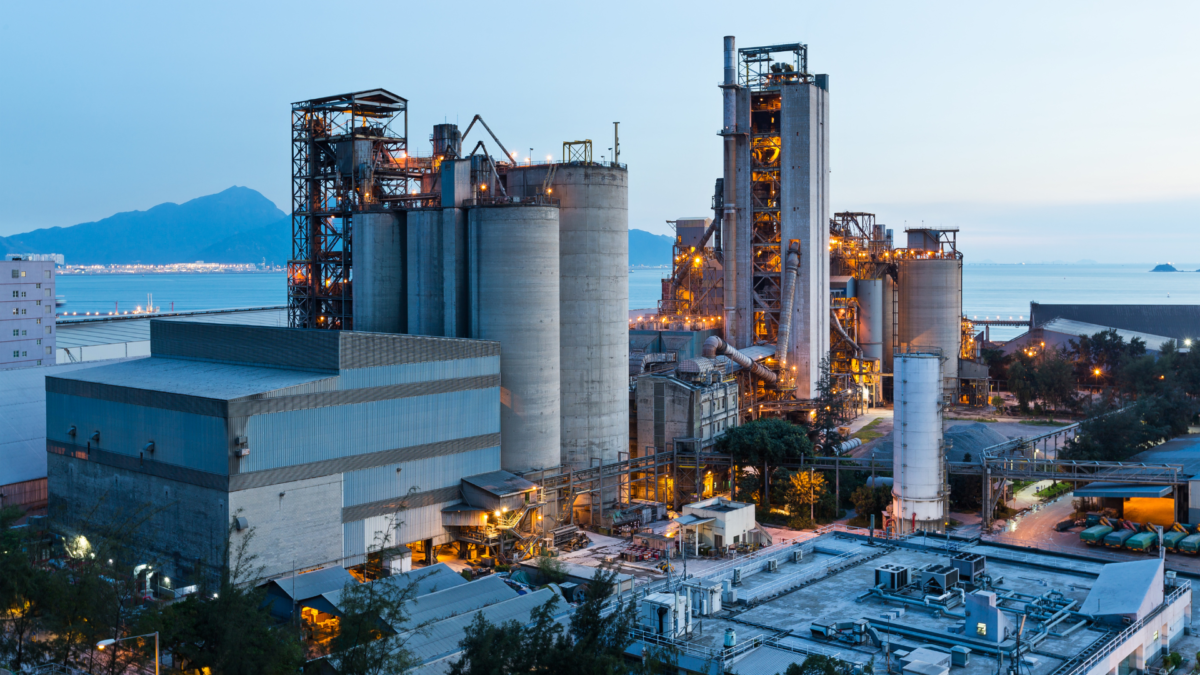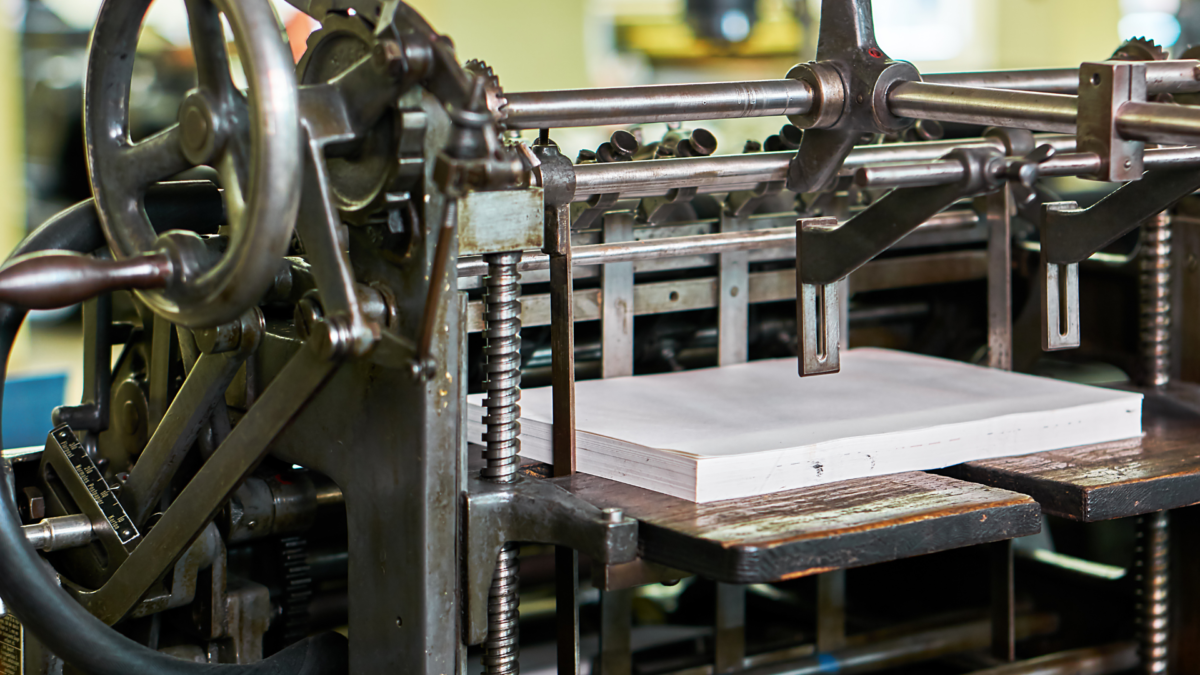The United States is a powerhouse when it comes to industry and employment. From the healthcare industry to manufacturing, from retail to finance, the US economy is vast and diverse. Each of these industries plays a vital role in the nation’s overall economic health. But which of these industries employ the most workers? Find out in this article as we dive into the 5 Biggest Industries In The US and what that means for you!
The Manufacturing Industry
The United States manufacturing industry is vast and complex. It consists of many different sectors and subsectors. The following is a brief overview of the manufacturing industry in the United States:
The manufacturing sector has two main subsectors: durable goods and nondurable goods. Durable goods are items that can last for three years or more, while nondurable goods are items with a shorter lifespan. The largest manufacturing subsector in the United States is transportation equipment. This includes automobiles, aircraft, and ships. This subsector accounts for approximately 12 percent of all manufacturing jobs in the country.
Other major manufacturing subsectors include food, beverages, and tobacco products; chemicals; computer and electronic products; machinery; and furniture and related products. Together, these subsectors account for over 60 percent of all manufacturing jobs in the United States.
With the growing use of automation, the manufacturing industry is also walking on the path of integrating control components in the system to automate mechanical processes. That means automation can be used in PLC systems, HMI and industrial displays, robotics, motors and encoders, process control, and other manufacturing tasks. Moreover, control components suppliers have automated Manufacturing Made Possible by delivering quality parts to companies operating globally in all kinds of industries. The US being one of the top growing markets for manufacturing businesses, they have tried to keep up with the technological advancements in this sector.
The Healthcare and Social Assistance Industry
The healthcare and social assistance industry are one of the largest industries in the United States. It employs over 18 million people and has a revenue of $2.6 trillion. The industry is expected to grow at a rate of 4.5% per year between now and 2024. This industry is made up of a variety of businesses that provide services. These include hospitals, nursing homes, medical spas, home health care services, and ambulatory health care services. It is also supported by a technology and administration sector, providing outsourced administration, med spa practice management services, and EMR creation and management. In essence, it is a complex and ever-expanding industry that is showing no signs of slowing down.
The industry also includes businesses that provide social assistance services. These include child care services, senior care services, and food assistance programs. With the growing need for luxurious elderly care and assisted living facilities, older citizens can find various senior living communities such as the ones listed here on chelseaseniorliving.com/locations/new-jersey/belvidere/ to access quality healthcare services while living a seemingly normal life between people of similar age group. Moreover, the healthcare and social assistance industry is expected to expand due to the aging population in the United States. As baby boomers age, they will need more medical care and social assistance services.
Moreover, the healthcare and social assistance industry is expected to expand due to the aging population in the United States. As baby boomers age, they will need more medical care and social assistance services. Well, not all of these folks would like to live in a senior living facility. Some of them would like to spend the rest of their days in the comfort of their home. However, as they age, they will not be able to do all household chores and take care of themselves. In such a scenario, they may take the help of home companion care services that can provide an experienced caregiver to them who can do the chores and provide care to the elderly person.
The Affordable Care Act is also expected to contribute to the growth of the healthcare and social assistance industry. This is by increasing the number of people with health insurance coverage.
The Retail Trade Industry
The retail trade industry is one of the largest industries in the United States. It has a total revenue of $4.6 trillion in 2020. The industry employs over 18 million people. This makes it one of the largest employers in the country. Retail trade includes both brick-and-mortar stores and e-commerce businesses.
The retail trade industry has seen a significant shift in recent years as consumers move away from traditional brick-and-mortar stores and towards online shopping. This trend is due to many factors, including the increasing popularity of mobile devices and the convenience of home delivery. As a result, many traditional retailers have been forced to close their doors, while e-commerce businesses have thrived.
Despite this shift, brick-and-mortar stores still account for the majority of retail sales in the United States. In 2020, physical stores generated $3.4 trillion in sales, while e-commerce sales totaled $1.2 trillion. This gap will narrow in the coming years as e-commerce continues to grow at a rapid pace.
The Technology Industry
The technology industry is one of the largest and fastest-growing industries in the US. Technology companies are responsible for developing and bringing to market new technologies. These change the way we live, work, and communicate. This industry is comprised of a wide range of businesses. These include software developers, computer manufacturers, semiconductor makers, and telecommunications providers. The common thread that ties these companies together is their focus on innovation.
Investing in the technology sector can be a great way to tap into this growth potential. But it’s important to keep in mind that the industry is subject to rapid change and intense competition. So it’s important to do your homework before making any investment decisions.
The Accommodation and Food Services Industry
The accommodation and food services industry is one of the largest in the United States, employing over 4 million people. This industry includes a wide range of businesses, from hotels and restaurants to caterers and event planners. Hotels and motels are the most well-known businesses in this industry, but there is a lot more to it than that. Hotels offer a variety of services. These include accommodations, dining, event planning, and business services. They also provide recreation and entertainment for their guests.
Restaurants are another important part of the accommodation and food services industry. They range from fast food chains to fine dining establishments. Restaurants typically offer dining services, but some also offer catering or take-out options. Caterers provide food service at events such as weddings, parties, corporate functions, and other special occasions. They often work with event planners to ensure that everything runs smoothly. They coordinate all aspects of events, from logistics to decor. They work with clients to understand their needs and desires and then create a plan that will make the event a success.
The five biggest industries in the US are major sources of economic and social growth. From healthcare to retail, these sectors have a huge impact on the American economy and workforce. With the rise of technology and automation, businesses need to remain competitive. They should take advantage of advancements in tech while investing in skilled labor. By understanding how each sector works, companies can make informed decisions that will lead them toward success.


